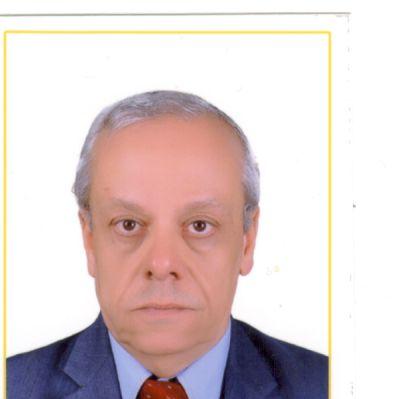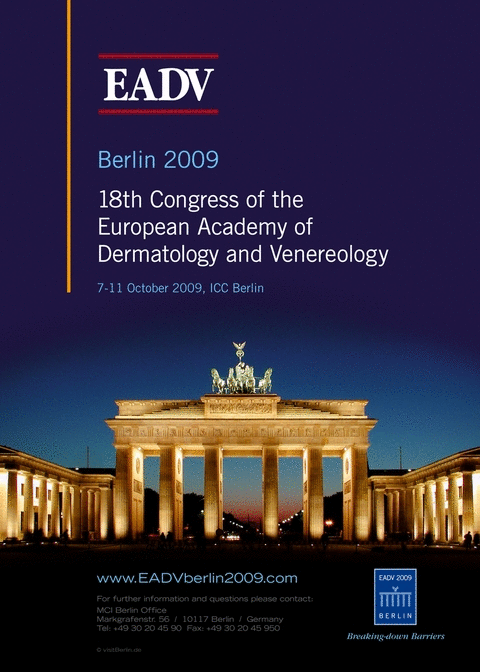Background: Skin diseases form a major part of the total spectrum of health problems. The type and distribution of skin diseases in any community reflects genetic constitution, nutritional status, social and hygienic standards, customs and occupations. The objective of this study was to investigate the pattern of distribution of skin diseases in a rural area from Upper Egypt, and its correlation with socio-demographic and environmental factors.
Methods: Patients were recruited to obtain a free dermatological examination during a field visit to a village (Gazerat Shandawil) from Sohag Governorate, Upper Egypt. Data were recorded and analyzed using SPSS 9 program.
Results: The total number of patients was 709 with predominance of females (517/709, 72.9%) over males (192/709, 27.1%). Children (199/709, 28.1%) and adolescents (254/709, 35.8%) were the largest groups affected. Prevalence of non-infective skin diseases (69.1%) was significantly higher than infective ones (30.9%); (P< 0.05). Appendageal skin disorders represented (30.9%), out of which hair falling constituted 12.4% and acne vulgaris 12.1%. Allergic skin diseases constituted 30.2% with high prevalence of papular urticaria (18.2%). Bacterial infections accounted for 24% of cases.
Conclusion: Our study indicated that skin diseases predominately affected young females in a rural area in Upper Egypt. Prevalence of non-infectious skin diseases was significantly higher than infectious ones.


